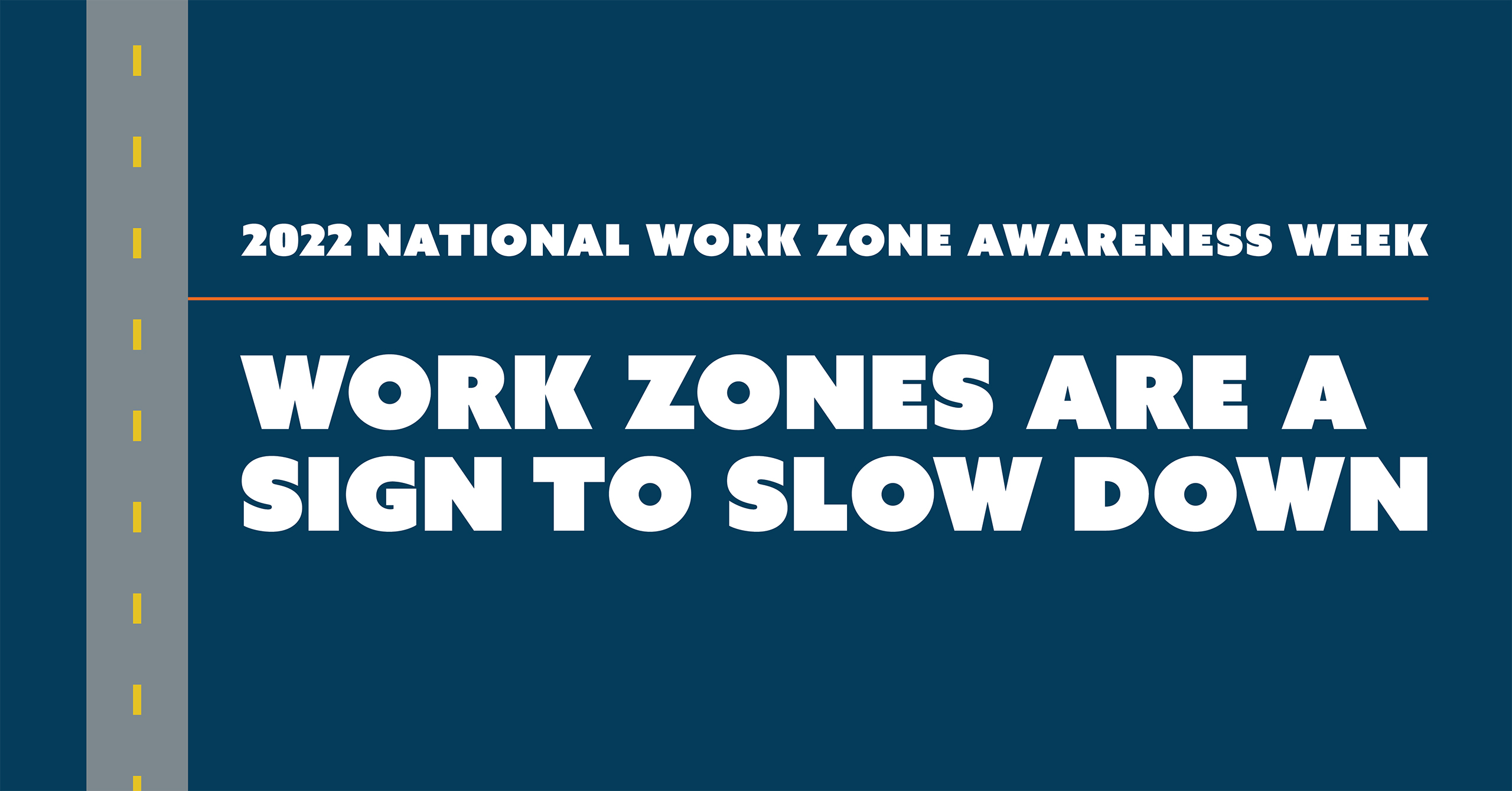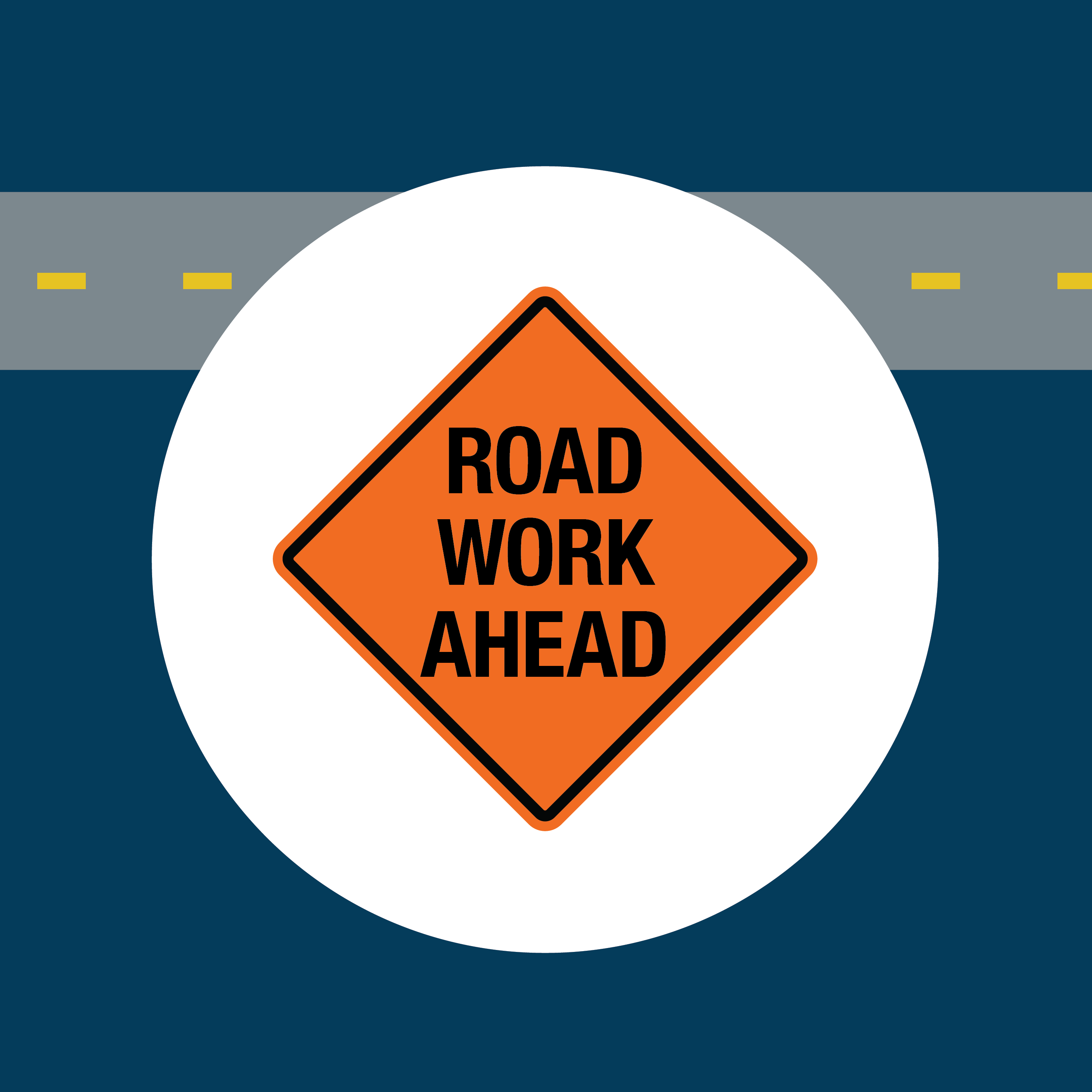13 Apr Safety tips for driving through work zones to help keep everyone safe
Posted at 14:36h
in Uncategorized

It’s National Work Zone Awareness Week (April 11-15), an annual spring campaign held at the start of construction season to encourage safe driving through highway work zones. In its 22nd year, this national public awareness campaign brings attention to the risks crews take each day to maintain and improve roads across the country, with this year’s theme echoing “Work Zones are a Sign to Slow Down.”
Dangerous Statistics:
- On average, over 700 fatalities occur in work zones each year.
- Work zone fatalities reached a 15-year high in 2019.
- Between 2013 and 2019, work zone fatalities increased 42%.
- In 2019, over 115,000 work zone crashes were estimated to have occurred resulting in over 39,000 injuries and 842 fatalities.
- In 2020, during the COVID-19 pandemic, work zone crashes & fatalities climbed despite lower traffic volumes.
- In a 2021 survey, most highway contractors (60%) reported crashes into their work zones.
- Economic costs of these crashes have been estimated at over $17.5 billion annually.
These statistics demonstrate the importance of work zone safety and participating in NWZAW to spread the message that everyone plays a role in work zone safety so that everyone can make it safely home to their families each day.
Stay safe while traveling through work zones with these tips:
- Research your route. Before setting out on the road, research your route. When possible, avoid work zones and use any detours that are available.
- Stay Alert and Minimize Distraction. Dedicate your full attention to the roadway. Avoid changing the radio station, using a cell phone, eating, or any other distractions that can remove your concentration from the road.
- Slow down. The posted speed will always be lower in a construction zone and you should take care to adhere to it. This also allows you more reaction time should you need to get out of the way or come to a sudden stop.
- Keep your distance. Rear-end crashes are extremely common in work zones – maintain extra space between your vehicle and the one in front of you at all times.
- Read the Signs. Try not to simply follow the person in front of you. Instead, read the signs in a construction area so that you can properly follow instructions and maintain a safe environment for everyone on the road
- Move into the open lane. When approaching lane closures, move into the open lane as soon as possible. Be sure to pay close attention to vehicles around you that could be in your blind spot
- Be patient. Last but not least, be patient when driving through a work zone. Remember that the crew members are working to not just improve infrastructure, and trying to do it in a way that keeps you and them safe while also improving the area.
